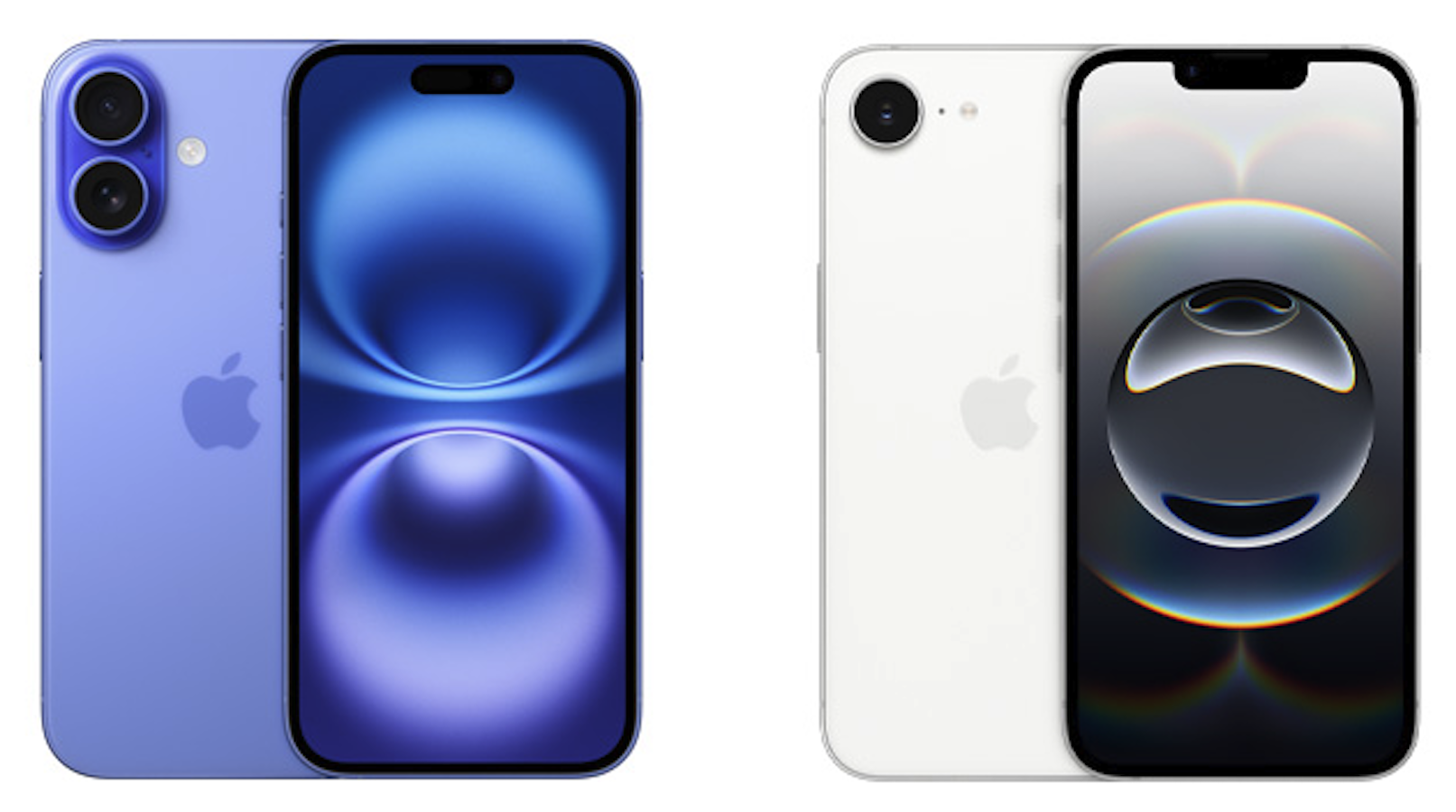
The iPhone 16e (essentially the new iPhone SE) has just been announced, and while Apple's entry-level phones rarely get me that excited, this one has really grabbed my attention. That's because my priority when it comes to phones is how they perform with movies, and with the iPhone 16e it seems that other elements have been downgraded so that the screen can remain very similar to the five-star iPhone 16's.
Using Apple's own iPhone comparison tool, the downgrades from iPhone 16 to iPhone 16e stand out clearly: it's available in fewer colours, it has a far less fancy camera system, and it lacks the Dynamic Island and MagSafe compatibility. Those things are nice to have, sure, but I reckon I can live without them if I need to.
And the similarities are plain to see, too: it's got the same A18 chip with Apple Intelligence support, the same storage capacity options, it's almost exactly the same size and weight, and – most importantly – it's got what appears on paper to be a near-identical 'Super Retina XDR' display.
So, we're talking about a 6.1-inch affair (plenty big enough for movies on the train or bus) with a pixel density of 460ppi (the same as not only the iPhone 16 but also the iPhone 16 Pro), a claimed contrast ratio of 2,000,000:1, True Tone and Wide Colour certifications, and support for all four of the HDR formats used for movies and TV, including Dolby Vision and HDR10+.
In fact, the only way in which the iPhone 16e's screen is a downgrade on the iPhone 16's is brightness, with SDR and HDR being rated by Apple to 800 and 1200 nits respectively rather than 1000 and 1600 nits.
Now, that drop in brightness could prove significant, but it's slight enough that I think in most conditions it won't make a huge difference. Only viewing in very bright sunlight should be obviously hampered.
We swooned over the picture quality of the iPhone 16, describing it in our review as having "a rich and three-dimensional image that is deeply engaging".
We went on to say that "the iPhone also presents colours in a balanced yet engaging fashion", and is "adept with motion as fighter jets tear down the runway of an aircraft carrier and shoot off into the sky".
On paper, at least, there's no obvious reason that the new iPhone 16e can't deliver very similar picture quality (there are no audio downgrades in the spec sheet, either). Given the significant cost saving (£200 / $200 / AU$400 upfront or £8.34 / £8.34 per month) compared with the iPhone 16, I can see the iPhone 16e being a smash hit with those who, like me, consider movies on the move to be a much bigger priority than photography.
We will, of course, need to get the new Apple handset in for complete, comparative testing before we pass judgement, but I've got high hopes and intend to be among the first in the queue to get one.
MORE:
Here's everything you need to know about the new iPhone 16e
Here are the best smartphones you can buy right now







